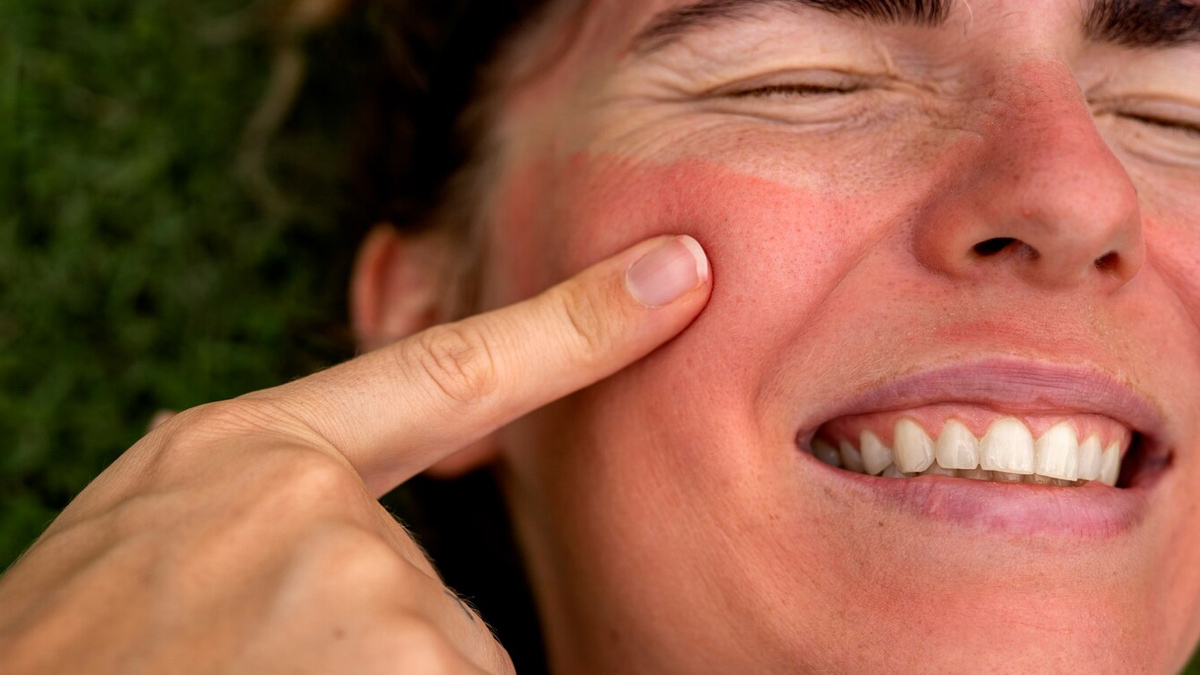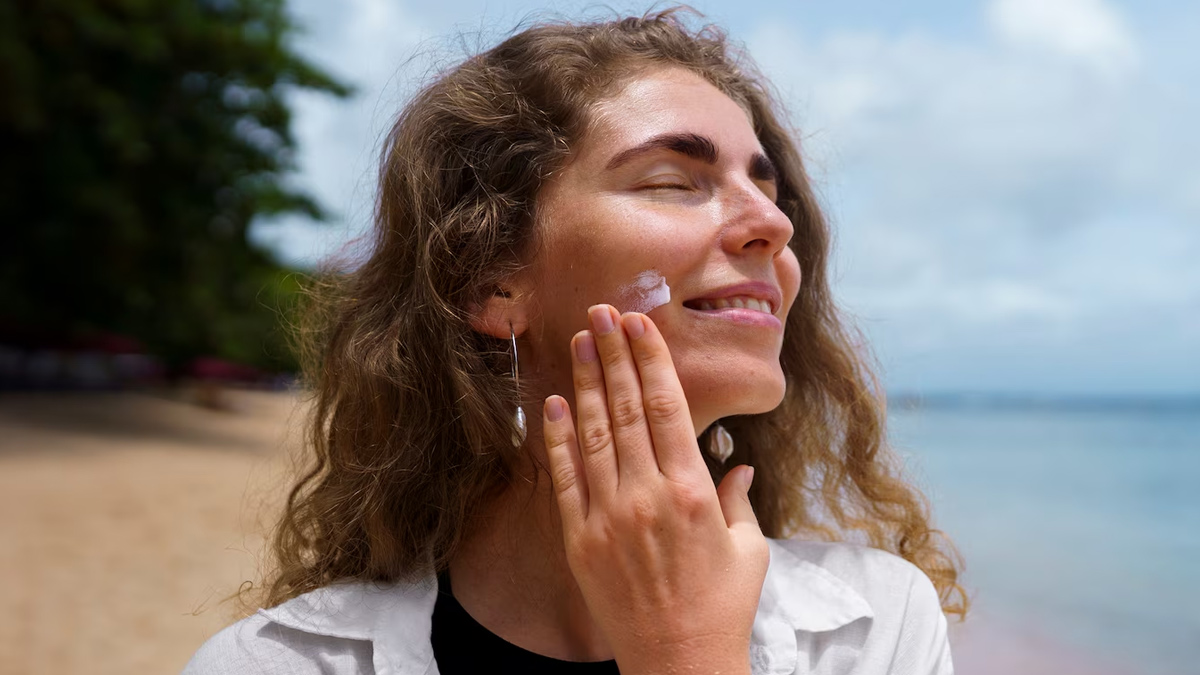Top 7 Expert-Approved Tips To Prevent Sunburn
Amid the heat and relentless Ultraviolet (UV) exposure, sunburn becomes all too likely. Sunburn happens when your skin gets too much UV radiation, leaving it red, painful, and damaged. Exposure to artificial sources like tanning beds can also increase one's risk.
So what do you do? In an interaction with the OnlyMyHealth team, , shares his top remedies to prevent sunburn. Read on to find out all about them.

Applying sunscreen is one of the most important steps in a skincare routine. However, it shouldn't be just any sunscreen; instead, Dr Dhir recommends using a broad-spectrum one with at least SPF 30, even on cloudy days.
He says, "While SPF 30 blocks about 97% of UVB rays, SPF 50 blocks around 98%. Higher SPFs offer marginally better protection, but no sunscreen blocks 100% of UV rays. More important than SPF number is proper application and reapplication."

In addition to choosing the right type of sunscreen, it is also important to reapply sunscreen every two hours. “Sunscreen should be reapplied every two hours, or immediately after swimming, sweating, or towel drying. Even water-resistant sunscreens lose effectiveness after exposure to water or heavy perspiration,” Dr Dhir notes.
Apply sunscreen 15-30 minutes before sun exposure to allow it to absorb properly.
According to theUS Environmental Protection Agency (EPA), the sun's rays are strongest between 10 a.m. and 4 p.m. During this time, the UV index is usually at its peak, increasing the risk of sunburn and long-term skin damage. Therefore, it is crucial to limit exposure to the sun during these hours, even in winter and especially at higher altitudes.
One of the most logical ways to reduce sun exposure and prevent sunburn is wearing protective clothing, including long-sleeved shirts and full-length pants. According to the EPA, wide brimmed hats also offer good sun protection for your eyes, ears, face and neck.
Dr Dhir shares, “Tight-weave fabrics, dark colours, and specially designed UV-protective clothing can significantly reduce UV exposure. Hats with wide brims help protect the scalp, face, and neck. However, exposed skin should still be protected with sunscreen.”

Sunglasses are more than just a fashion statement, especially during hot summers. Opt for ones that have UV-blocking features that can reduce glare and protect your eyes from radiation exposure.
Why not utilise some of the things that nature provides for you? When it’s extremely hot and the heat almost gets to you, seek shade – maybe get under the tree or a canopy or carry an umbrella. However, know that trees, umbrellas and canopies do not offer complete sun protection.
Not just sun exposure; tanning beds can also damage your skin and cause sunburn. Tanning beds, also known as sunbeds, are devices that use UV light to produce a tan or darken skin. However, these cannot prevent sunburn. Remember, tanning and sunburn are two different things. While tanning is a protective mechanism, sunburn is a sign of immediate skin damage.
For mild sunburn, Dr Dhir recommends using cool compresses, aloe vera gel, and moisturising lotions that can help soothe the skin. He advises drinking plenty of fluids to stay hydrated. Moreover, avoid further sun exposure, and don’t pop blisters if they form. If pain or redness worsens, consult a doctor.
Sunburn may be a common side effect of sun exposure, but it’s completely avoidable with a few simple steps. Making sunscreen a daily habit, wearing protective clothing, and staying in the shade during peak hours can go a long way toward keeping your skin healthy and comfortable. And if you do get a sunburn, home remedies like cool compresses and aloe vera can ease the redness and soreness. So, this summer, prepare yourself to enjoy the warmth without letting it harm your skin.










